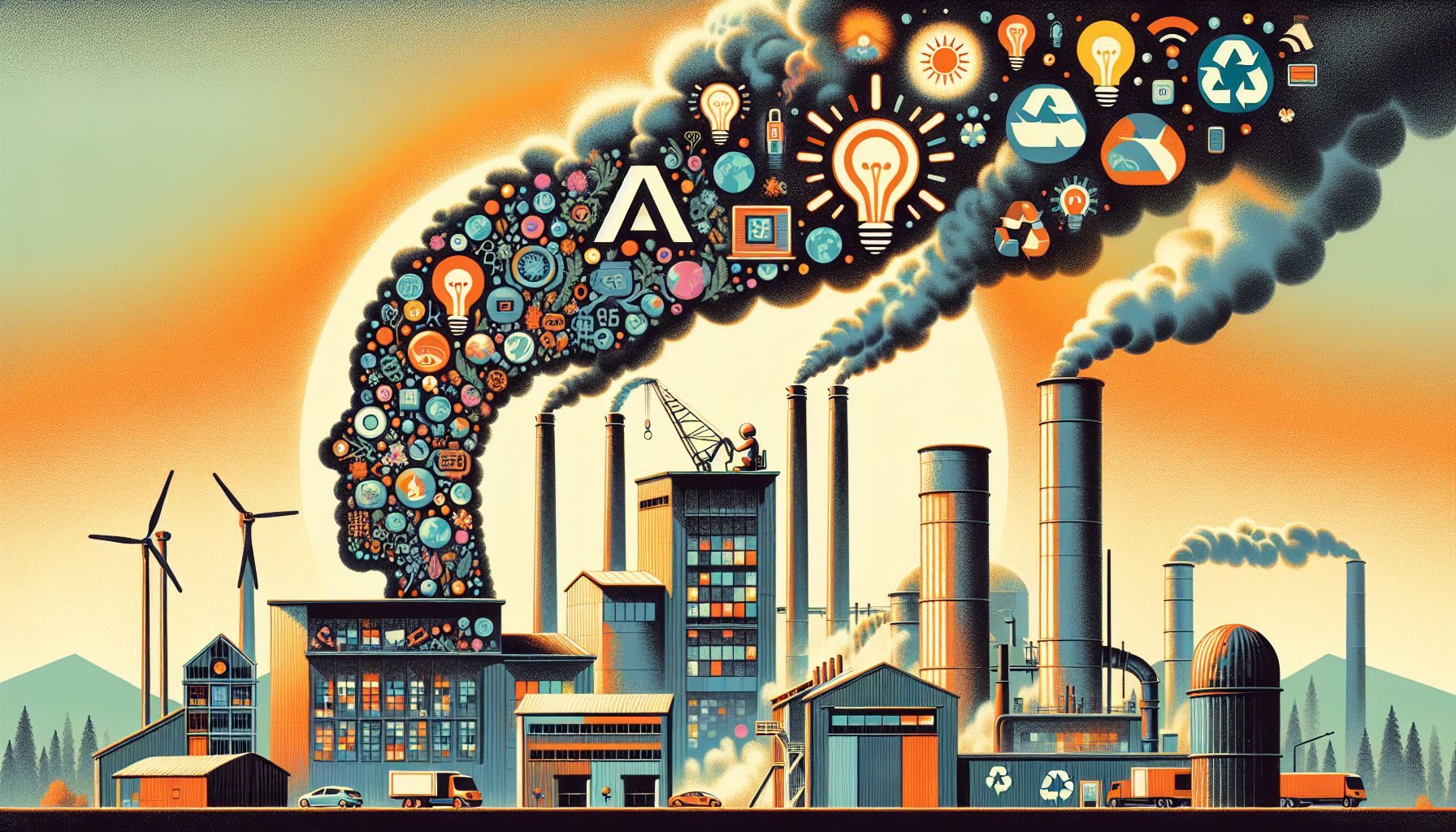AI's Carbon Footprint: Tech Giants Grapple with Sustainability Challenges

Global, Friday, 5 July 2024.
As AI integration surges, tech companies face rising emissions. Google reports a 48% increase in greenhouse gas emissions since 2019, highlighting the urgent need for sustainable AI practices. Industry leaders explore energy-efficient solutions to balance innovation with environmental responsibility.
Google’s Commitment to Sustainability
Google has been at the forefront of integrating AI into its products, which has led to a significant increase in energy consumption and greenhouse gas emissions. According to their recent environmental report, Google’s greenhouse gas emissions have grown by 48% since 2019, reaching 14.3 million metric tons of carbon dioxide equivalent in 2023[1][2]. This rise is attributed to the growing energy demands of their data centers and the supply chain emissions associated with their AI operations.
Innovative Solutions to Mitigate Environmental Impact
To address these challenges, Google has implemented several innovative solutions aimed at reducing the environmental impact of its AI operations. One of the key strategies involves the use of their sixth-generation Tensor Processing Unit (TPU), Trillium, which is reported to be over 67% more energy-efficient than its predecessor[3]. Additionally, Google has identified practices that can potentially reduce the energy required to train AI models by up to 100 times and decrease associated emissions by up to 1,000 times[4].
Leveraging AI for Environmental Benefits
Interestingly, while AI contributes to increased energy consumption, it also holds the potential to drive significant environmental benefits. Google’s AI initiatives include organizing information for fuel-efficient routing, improving flood prediction through hydrological models, and optimizing energy use in data centers[3]. These efforts are part of Google’s broader goal to reduce 1 gigaton of carbon equivalent emissions annually by 2030 and achieve net-zero emissions across all operations and value chains by the same year[4].
Challenges and Future Prospects
Despite these advancements, the road to sustainability is fraught with challenges. The integration of AI into Google’s operations has led to a substantial increase in energy demands, making it difficult to meet their ambitious climate goals. The company acknowledges that achieving net-zero emissions by 2030 may be challenging due to the insatiable power demands of AI[2][5]. However, Google’s commitment to developing more energy-efficient AI models and data centers remains unwavering, and they continue to explore innovative solutions to balance AI’s benefits with its environmental impact.
Industry-Wide Efforts
Google is not alone in this endeavor. The entire tech industry is grappling with the environmental footprint of AI. Companies are increasingly investing in energy-efficient processors, optimizing data processing locations, and leveraging open-source collaborations to mitigate the environmental impact of AI[1]. These strategies not only reduce the carbon footprint but also enhance operational efficiency and cost-effectiveness, demonstrating that sustainability and innovation can go hand in hand.

